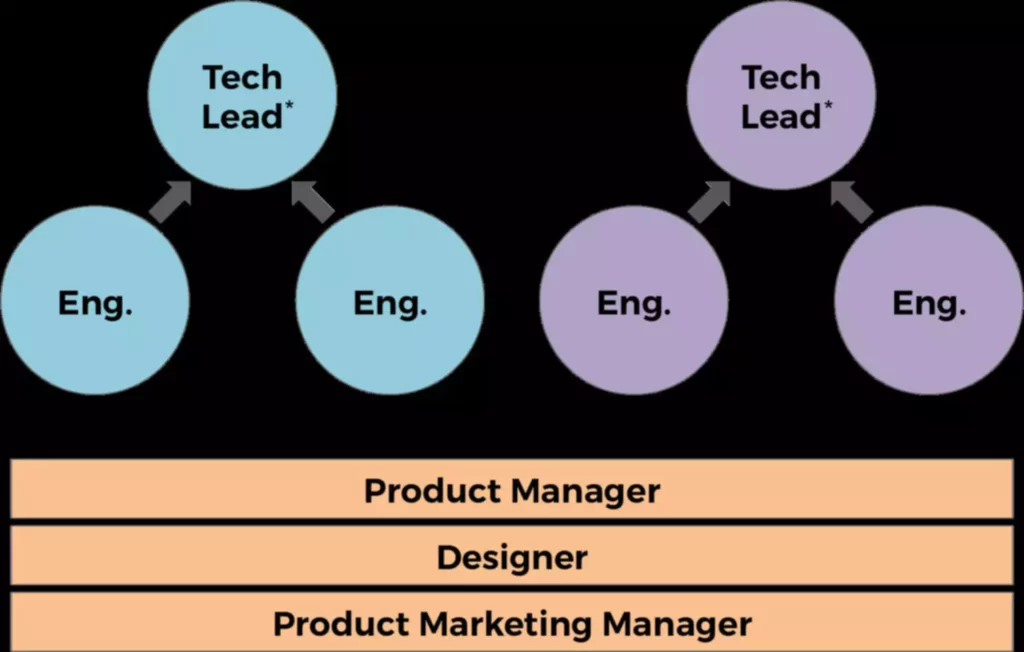The last stage of the software improvement life cycle is maintenance and operations. This is likely one of the most crucial levels because it’s when your hard work will get put to the check. SDLC methodologies have changed dramatically because the decades of Waterfall method dominance. These changes began intensifying within the Nineties as builders scrambled to find a methodology that would get rid of the shortcomings of Waterfall, exploring choices like Spiral, V-Shape, Iterative, and Prototype.
Stage 2: Analyze Requirements
Regularly replace the chart to replicate progress and adapt project timelines as needed. Purpose for a gradual burn fee, which indicates a constant tempo towards project milestones. Consistency in measurement is significant; set a selected definition of what constitutes a completed story throughout the team. Uniformity in assigning story factors boosts the reliability of velocity knowledge, fostering cohesive staff operation. Graphical representations, such as burn-up charts, illustrate progress over time, displaying each accomplished items and remaining work. These visuals reinforce communication among stakeholders, clearly detailing advancements versus deliberate work.
In software program engineering, algorithms are pivotal in developing efficient and automatic systems. Secrets administration is critical throughout deployment to protect sensitive data similar to API keys and credentials. Additionally, container orchestration safety insurance policies help secure the person elements of the app that run in containers. Steady compliance is maintained by way of policy-as-code, which automatically verifies that deployments meet regulatory and inner security standards.
Iterative Sdlc Fashions
Earlier Than growth begins, all stakeholders ought to perceive the resources required to complete the project. Documentation created all through every stage of the SDLC can be used to lower bloat and hold projects on task and on finances. This model focuses on beginning with a small aim and then building outward from there. In the iterative model, an preliminary version of the software is created shortly and then improved rapidly with successive variations.
The Software Growth Lifecycle (SDLC) is a technique that provides a structured process for growing high-quality software in a well timed and cost-effective method. The SDLC outlines software improvement as a sequence of duties, making a administration framework targeted on effectivity and high quality. The Incremental Mannequin, with its focus on the gradual improvement and integration of system components, provides an efficient approach to software program improvement. By delivering partial functionality in each increment, this model aligns nicely with the principles of adaptability, threat administration, and sooner time-to-market. As organizations seek strategies that balance flexibility with tangible results, the Incremental model stands as a valuable possibility within the ever-evolving panorama of software development.
Ongoing upkeep and support are necessary to safeguard the longevity of any given piece of software. Assume of it like transforming a house—over time, small pieces might be misused or break down and will have to get replaced and hopefully, improved. This might involve deploying software in stages—such as a beta release, where a limited group of users checks an early version of the software—before releasing it to the public. It may also be essential to create manuals, conduct training periods, or provide onsite assist for users. The document units expectations and defines common goals that help in project planning.
Choosing the proper methodology that matches project objectives and needs depends on an consciousness of different SDLC models. This tutorial looks on the top SDLC methodologies to enable you to determine properly in your initiatives on software improvement. It is considered an rigid model, making it difficult to regulate the project’s scope, which can ultimately turn out to be expensive.

Frequent Sdlc Software Models
The Waterfall mannequin follows a linear and sequential approach to software improvement. Each part within the growth course of should be completed before moving on to the subsequent one, resembling the downward move of a waterfall. This section gathers requirements to formulate a design plan for the software application resolution. It entails a thorough analysis to evaluate person wants, feasibility, growth, enhancements, and more.

Answering these questions may help stakeholders select probably the most appropriate mannequin for a project. When groups develop software program, they code and check on a unique copy of the software than the one which the users have access to. The software that prospects use known as manufacturing, whereas different copies are mentioned to be within the build setting, or testing surroundings. It’s a way of making ready for the execution of high-quality software program and is utilized by all-scale software program development companies. In order to attain price chopping, sources, and managing the entire software program cycle to ship the project in time, SDLC was launched.
- As a result, pioneers in software developed novel methodologies aiming to either improve or substitute Waterfall.
- Planning for the application’s whole lifecycle helps to set expectations, allocate resources, and design the simplest options.
- For further insights into enhancing logistics through custom-made solutions, refer to delivery logistics software growth providers.
- SDLC methodologies match inside a flexibility spectrum starting from agile to iterative to sequential.
- After evaluating all of the potential components, probably the most practical and logical design is chosen for development.
Structure, and business structure, and depends closely on ideas such as partitioning, interfaces, personae and roles, and deployment/operational modeling to reach at a high-level system description. This high-level description is then damaged down into the parts and modules which may be analyzed, designed, and constructed individually and integrated to accomplish the enterprise aim. SDLC and SAD are cornerstones of full life cycle product and system planning. As Quickly As in the testing section, the applying developed during the implementation section is subjected to automated and handbook testing. This phase verifies that the software meets the requirements from the planning section and is performant enough to be deployed to a manufacturing surroundings.

Varied SDLC models in software engineering exist, each with its method to the phases of improvement. The incremental growth mannequin entails the design, implementation and incremental testing of a software program product till the product is finished. The software product just isn’t considered completed till it meets the entire functional and technical requirements https://deveducation.com/ that have been initially delimited. Incremental development can typically be based mostly on a hybrid mannequin efficiently combining components from for example a waterfall/prototyping methodologies.
This means minimizing pointless conferences and streamlining documentation throughout the software program improvement lifecycle (SDLC). QA teams carry out manual testing to make sure purposes meet requirements. They additionally hunt for bugs, replicate how customers work together sdlc software with the appliance throughout normal utilization, and provide suggestions on the quality of the implementation.


